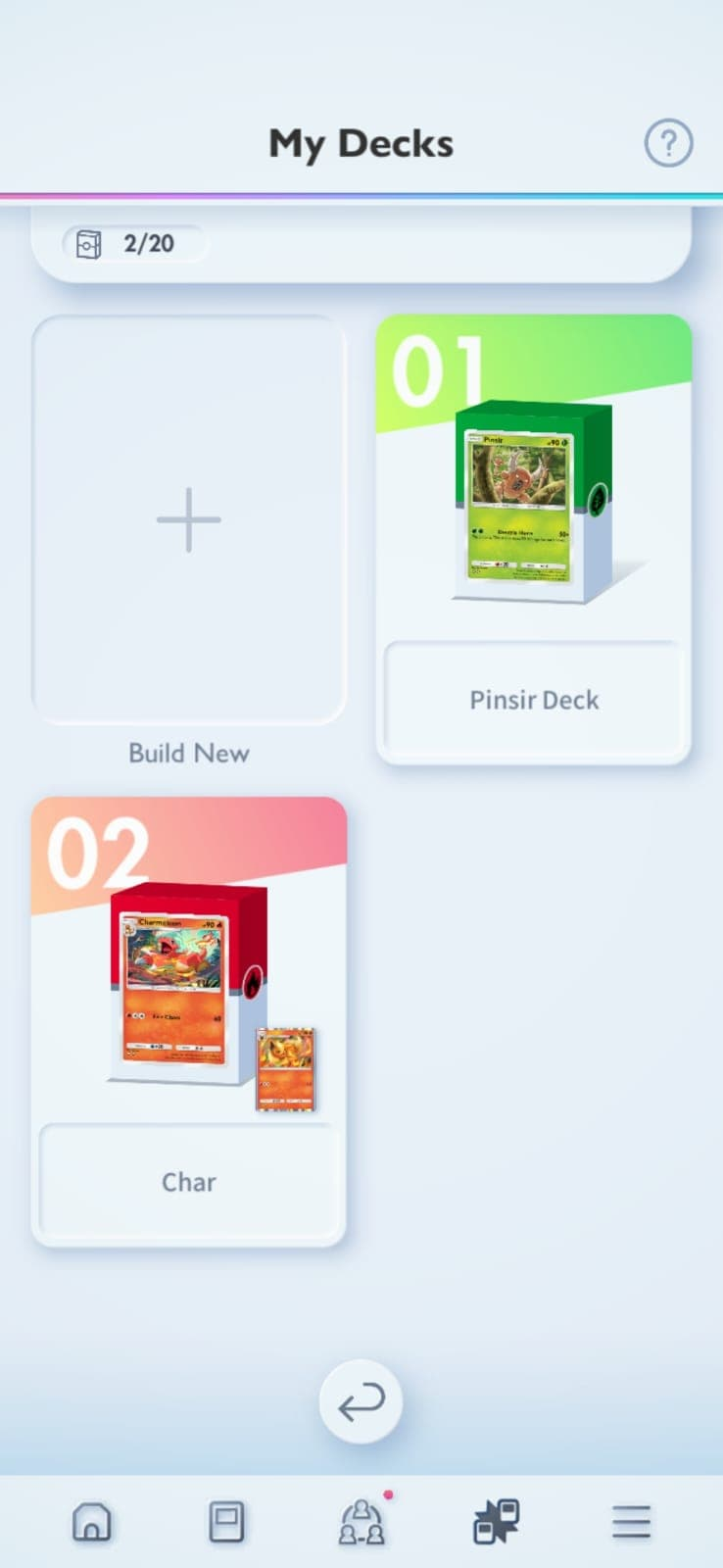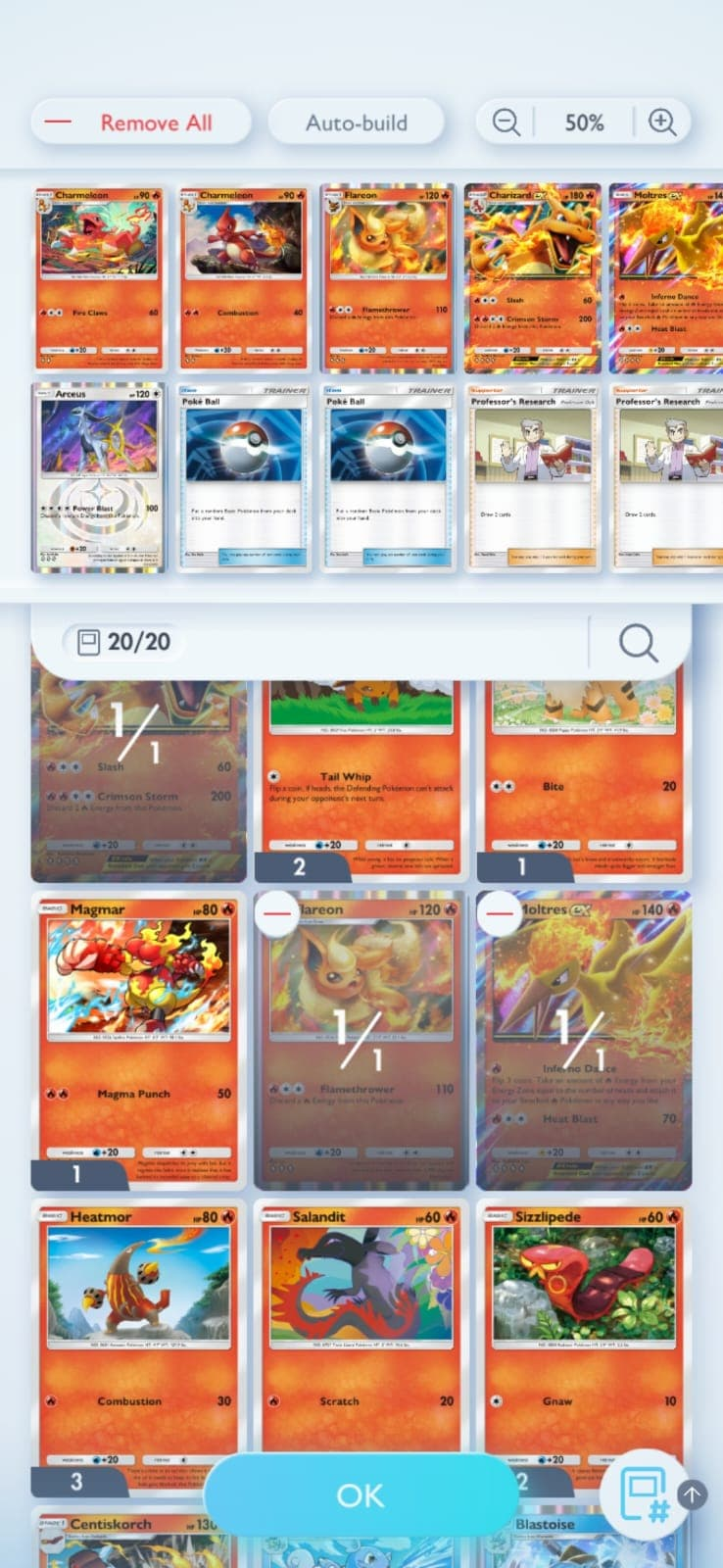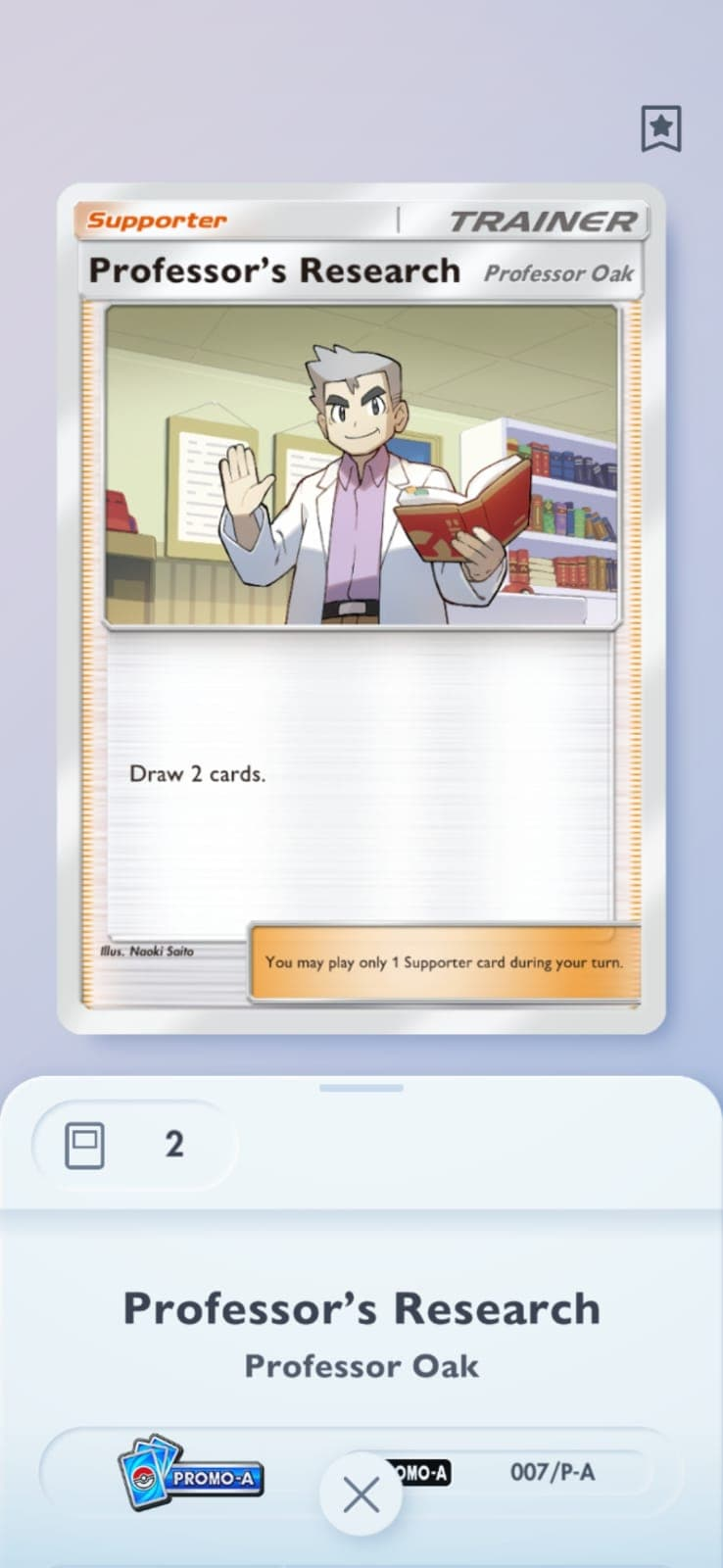Pokémon Pocket TCG streamlines the process of collecting cards, but it also has a greater emphasis on battling than the physical game. Thanks to the lack of potential physical harm, TCG Pocket players don’t have to store their rare cards in binders or slabs forever. However, building a winning deck is easier said than done, especially if you don’t know a handful of handy tips.

Enjoy up to 22% Off on Pokémon TCG Pocket Top-Ups.
3-Minute in Delivery for Non-Stop Gaming.
Trusted 4.9/5 on Trustpilot, 10/10 among Players.
Understand the basics of Pokémon TCG Pocket’s battling
Arguably, the most crucial thing to know before building a winning deck is how battling even works in Pokémon TCG Pocket. This way, you’ll know which cards to prioritize and which abilities can potentially win you games.
Things you must understand before building your deck include:
- Everything about the three main card types, Pokémon, Trainer, and Energy cards.
- The rules of turns, attack, and prize cards. This also includes win conditions and the scoring system.
- Learn about every zone in the game, like hand, bench, discard, active, and more.
- Learn how card interactions work, like how to evolve Pokémon, how retreating works, and more.
- Remember the first player to reach three points wins, and EX Pokémon give two points when knocked out.
Most would argue that the most important thing to learn about is how status effects work. Effects like sleep, burn, and confusion are key when building a winning deck, because utilizing them well can make overwhelming your opponent very easy. It’s a good idea to play some starter matches to get into the flow of things. While the tutorial does a good job of easing players into battling, nothing beats some practical matches against actual opponents.

It could be a good idea to ensure you’re informed about which cards are part of the ongoing meta. Since Pokémon TCG Pocket continues to release new packs and cards, it’s only natural that the strongest decks also rotate. While you shouldn’t copy entire decks to ensure originality, you might want to use existing decks that have proven their strength as baselines for your winning deck.
Decide on your deck’s winning strategy
Those who have dabbled in Pokémon TCG battling before, whether digitally or physically, will likely know that every deck has a main strategy. Your deck could be an aggressive, control, stall, or even setup-based deck. Naturally, the deck you can make is determined by the cards you have, though LootBar can help you get the cards you don’t have through packs.
Many players attempt to do multiple things at once. They build a deck consisting of a jumble of cards that are individually excellent, but don’t have any synergy with each other. For example, having a Charizard who can do massive damage when properly set up is good, but combining it with a Flareon who needs an energy card every turn to attack would be counterintuitive. You wouldn’t be able to set up Charizard, because all your energy cards would go to Flareon every turn.
►Typings are a trainer’s best friend
Deck types go beyond just the overall strategy. You also need to choose your deck’s typing. While types like fire and electric are usually the most popular, some players tend to add their favorite Pokémon to their decks, regardless of their elemental types. This isn’t necessarily a bad thing, but players must also be smart about how they do things.

Single-type and multi-type decks both have pros and cons. For example, single-type decks are very easy to manage when it comes to energy allocation, because they all either need a specific elemental or normal energy. There’s good synergy between cards, and players can add consistent cards of the same evolution lines. However, these type of decks usually have major type disadvantages that can limited flexibility. For example, if you have a Fire-type deck, then going against a Water-type deck would spell trouble.
Then, there are multi-type decks. These cover more weaknesses and give more options when it comes to matchups. These are also more flexible, since you can utilize different strategies. The problem is that managing multiple energy types can be difficult. For example, if you need three Fire energy cards to use a move that would win you the game, there’s a chance you’ll get a different type of energy, stopping your Pokémon from using the attack.
A good rule of thumb, especially for beginners, is to have one main type that’s supported by a different type. For example, if your main type is Fire, then have a type like Electric to cover your weakness to Water-type attacks. Alternatively, you can also add a different type that has good synergy with your main type. Just ensure your energy cards support both types.
Pick the attackers and supporters for your TCG Pocket deck
Every deck has at least one primary attacker that every other card revolves around. It’s a good idea to pick that Pokémon after determining a handful of things, including:
- How many energy cards does it need before it can start dealing damage?
- How quickly can it be set up?
- Does it have to be evolved?
- Does it have strong abilities that you can rely on?
- Is it an EX Pokémon?
- How much health does it have, and can it survive a couple of hits for proper trades?
- Do its attacks rely on RNG like coin flips?
- How well do your other cards synergize with the attacker?
With the primary attacker determined, the next step is to start filling the rest of the deck with cards that revolve around supporting that attacker. Naturally, this means having a combination of base and stage 1 Pokémon that helps the attacker shine, while also picking partners that cover the attacker’s main weaknesses.
It’s always a good idea to have cards that let you draw other cards, whether energy-type or random. While you should never overcrowd your bench, especially with too many Pokémon who require energy to set up, it’s a good practice to have at least one secondary attacker. The secondary attacker’s goal is to step up if the primary attacker gets knocked out.
►Master Trainer cards in Pokémon TCG Pocket

Trainer cards may not usually look nearly as cool as regular Pokémon cards, but they have the potential to turn the tide of battle in your favor. In particular, two Trainer card types should be prioritized when building a deck, though you may have to top up Pokémon TCG Pocket so that you can get one or two and open packs to get them.
Cards like Professor’s Research and Cynthia let you draw other cards to fill your hand faster and give you more options. On the other hand, Trainer cards like Misty let you transfer energy to your Pokémon faster, making setting up faster and easier. Some cards give your Pokémon more health or damage the attacking Pokémon if they attack you, though their use is determined by the opponent’s deck. Remember, Trainer cards are useful, but they’re ultimately there for support. Refrain from filling your deck with just these and ensure a good balance.
Conclusion
These tips should be more than enough to help you construct a winning deck in Pokémon TCG Pocket. Before going to the deck-building screen, visualize which cards you want to add to your deck. Use LootBar to help you get the cards you don’t have, and then get to building your ideal deck!
An Exclusive Discount Just for You!
LootBar has a special treat for all Pokémon TCG Pocket players — enjoy a 3% discount on your next purchase with our exclusive coupon code: lootbarblog3ge.Simply copy the code, head to the top-up page, paste it in at checkout, and your discount will be applied automatically. Just click the button below to get started!
Valid period: January 8, 2025, 12:55 PM – February 28, 2026, 12:00 AM
















